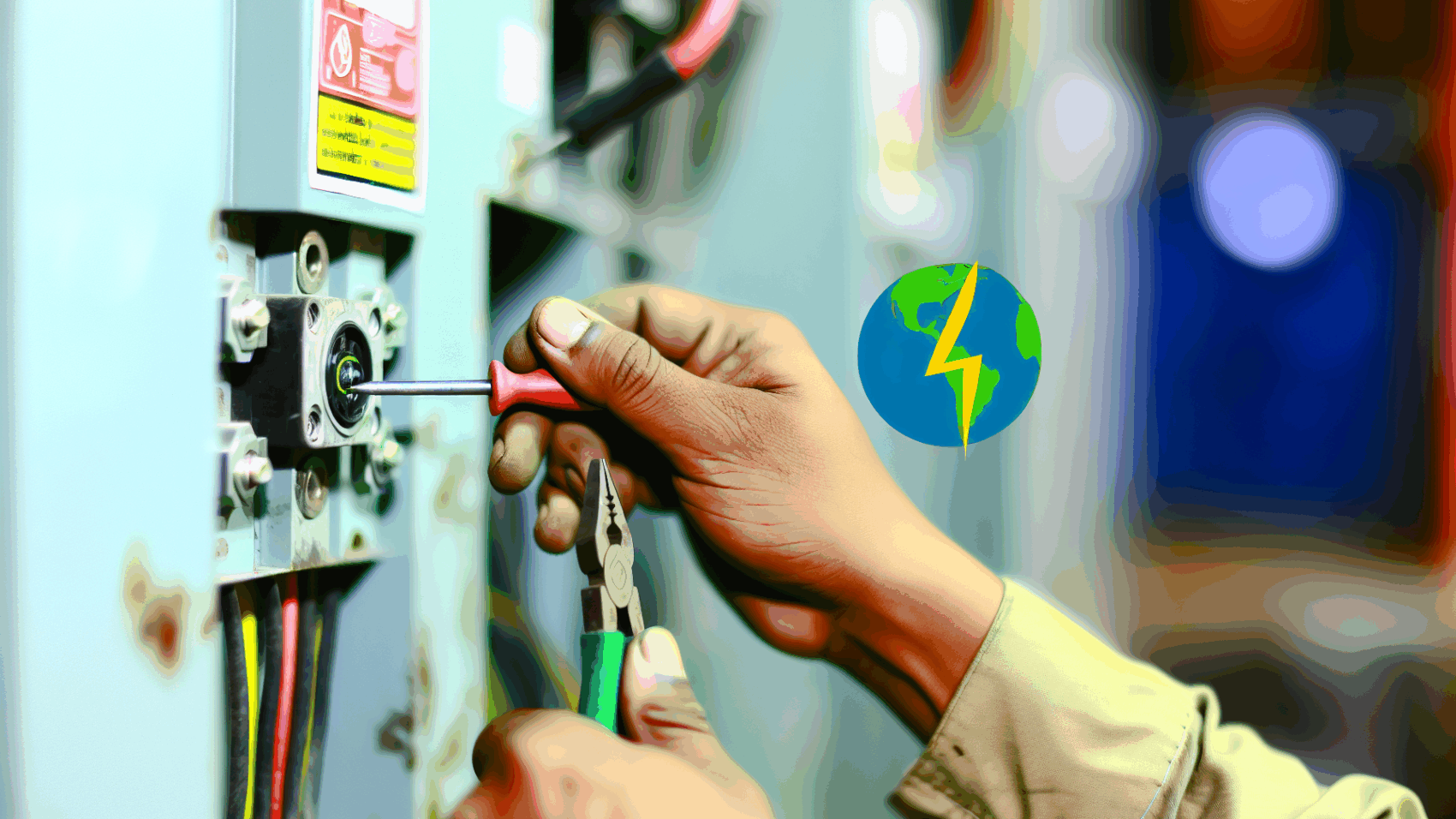Ensuring electrical safety in any environment is paramount. In this comprehensive guide, we will explore the importance of grounding checks as a fundamental aspect of electrical safety. By understanding and enforcing strict grounding practices, we can prevent electrical hazards and protect equipment from damage.
The Essentials of Effective Grounding
Grounding stands as a pivotal component in ensuring electrical safety, providing a safeguard against electrical shocks and equipment damage. Its significance cannot be overstated, as it offers a pathway of least resistance for electrical currents, facilitating the swift operation of protective devices in fault conditions. It’s imperative to appreciate the various grounding systems—TT, TN, and IT. Each plays a crucial role in different settings, with TT systems being common in residential areas, offering independent grounding at each source. TN systems, where the system’s earth is connected to the supply earth, are prevalent in commercial environments due to their reliability and easier fault detection. The IT system, not grounding the power supply directly, is used in critical applications where continuity of supply is essential.
Performing rigorous grounding checks is essential. This includes visual inspections to confirm the physical integrity of grounding connections and the use of ground resistance testers to measure the grounding system’s effectiveness. Through real-world case studies, we learn that diligent grounding maintenance can avert potential disasters, emphasizing the need for regular reviews and assessments.
Experts in the field unanimously recommend the use of quality materials and adherence to national and international standards when installing grounding systems. Regular audits and upgrades of these systems are crucial to adapt to environmental changes and modifications in electrical installations. By following these refined practices, the guarantee of safety and operational excellence becomes attainable, establishing a robust foundation for managing electrical risks.
Conclusions
Grounding is not a mere technical detail; it is a vital component of electrical safety that must not be sidelined. By adhering to strict grounding checks and following the expert advice provided, individuals and organizations can mitigate risks, ensure safety, and achieve operational excellence in their electrical systems.

